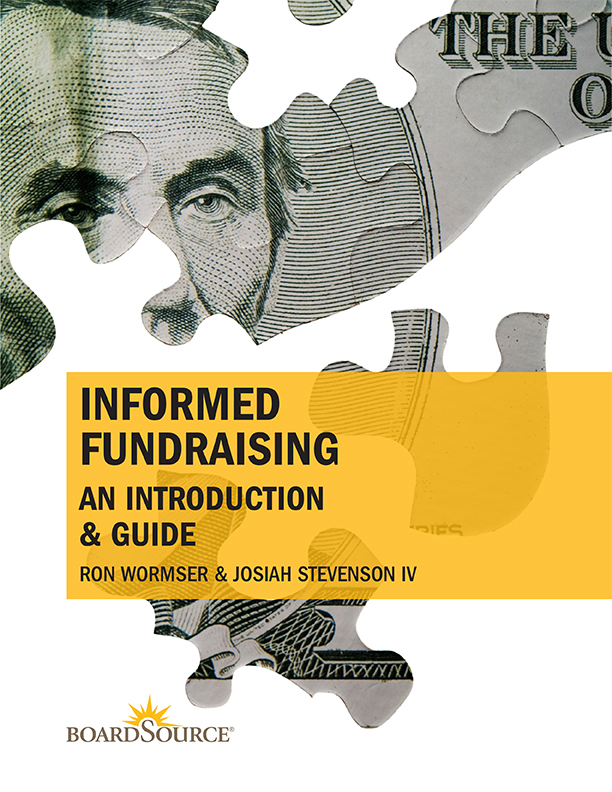Informed Fundraising: An Introduction and Guide
An eBook for board members and executive directors of nonprofits and others wanting to learn about this critical function
Fundraising efforts that are well-conceived, well-planned, and well-executed maximize the opportunity for reaching fundraising goals, which is why we call it “informed fundraising.”
The purpose of Informed Fundraising – An Introduction and Guide is to educate board members and executive directors how to think about fundraising so they can make informed strategic fundraising decisions which increases the potential to raise the funds needed for their nonprofit.
Too many nonprofits are not successful in raising the money they want or need; smaller, community-based nonprofits are particularly challenged.
Why? Many nonprofits engage in reactive and unproductive efforts to raise money.
Reactive fundraising is the convergence of a nonprofit’s imperative to start or expand fundraising without its decision-makers having the requisite understanding of what fundraising is and what it takes to do it effectively.
In reactive fundraising, whatever ideas are put forward generally are approved and carried out as well as possible — yet almost always yield disappointing results.
In contrast, proactive fundraising — or what we call ‘informed fundraising’ — is when decision-makers acquire an understanding of the concepts of fundraising, including the components of fundraising strategies and plans and how to initiate and assess the plan’s execution.
Informed Fundraising includes text describing basic fundraising concepts, along with sample tools illustrating how to put the concepts to work. These tools are intended to not only illustrate the concepts but to be modified to meet each nonprofit’s particular needs and circumstances.
CHAPTER 2 – TWO TYPES OF FUNDRAISING
There are two distinct types of fundraising: one with a short-term focus on raising immediate cash, and one with a long-term focus on building relationships with ongoing supporters of the organization.
Understanding the distinction between short-term and long-term fundraising is important because
- each has its own style, methodology, results, and costs
- each nonprofit should decide which of the two will best meet its particular needs and circumstances.
The choice will have a significant impact on not only funds raised but also on how your nonprofit is perceived by its various stakeholders. The chosen type says much about the relationship your organization wants with its supporters.
How do the two differ?
